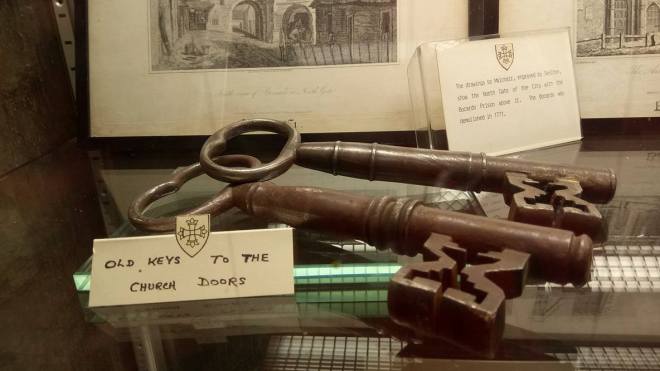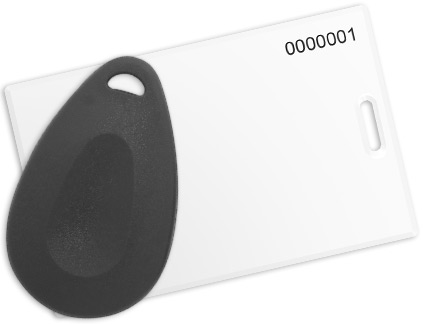A Brief History of Access Control
Access Control, at the most basic, is what is says on the tin. Controlling who has access into somewhere. Here at Access Control we sell modern technology which can do that and much more, but the theory has been around for a very long time.
Ever since humans started to live in permanent dwellings, they have worried about who could get into them.
Ancient civilisations
Ancient civilisations such as Ancient Egypt and possibly Ancient Mesopotamia made use of an entirely wooden pin-tumblr type lock and key as their door access control system. This was made up of a bolt across a door with several holes in its upper surface.
“Pins” which fitted into those holes would drop from above, meaning that the door could not be opened. The key for this lock looked a bit like a toothbrush, with “pins” of its own.
When the key was put into the keyhole and lifted up, its pins would dislodge the locking pins and the bolt could then be slid back. These could be quite ornate, with a bronze or copper bolt shaped like a dragon or a hand.
The Romans improved upon this design by making it entirely out of metal and miniaturising it. They also created the idea of the “ward” lock, which had a numbers of obstructions inside the lock that only the correctly notched key could get through.
Medieval society
These warded locks proliferated for over a thousand years, despite the flaw that keys could open locks that they were similar enough to without needing to be identical. Medieval society battled this by creating very complicated warded locks and keys.
Here is an example of a fairly complex warded key from the Saxon Church of St Michael in Oxford:
Other medieval ways to foil thieves were to have multiple locks for one door, or more commonly, a storage box, and to give the keys to multiple people.
There was also a lot of symbolism and folk beliefs around keys. Anglo-Saxon and Viking societies both viewed keys as symbols of a woman’s power over the house, and Anglo-Saxon women were often buried with a girdle with symbolised the keys they had worn in life.
(As late as the 19th and 20th century, people still had superstitions like “Don’t put a key on the table, it means you’ll have an argument”.)
Modern life
Locks and keys started their true journey to modernity in the late 18th century. In 1778, Robert Barron perfected the lever tumbler lock. This stopped incorrect keys opening it as easily because if a lever inside wasn’t raised to exactly the correct height, the lock would not open. This was made even more secure by Jeremiah Chubb in 1818, with his Chubb detector lock which he improved constantly over the next 20 years.
In today’s modern society, our search for ever-increased security has led us away from physical access control systems made with chunks of metal. Keycards (also called smartcards) are commonly used today for everything from hotels to workplaces.
If you ever lost your key – disaster! Time to change all the locks! With the physical connection broken, a lost card is far less worrying. It can simply be deleted from the system and/or reassigned.
One of the most effective and useful types of access cards is the Passive Radio Frequency Identification (RFID) card.
These contain a small chip and induction loop which the transmitter on the keycard reader can access. The main advantage of these cards is that unlike other types of smartcard, they do not need to be removed from their cover, or touched directly to a reader. This reduces the wear and tear and makes them last much longer.
There is no such thing as an accurate future-telling crystal ball, but judging by today’s trends, biometric technology seems to be the main vehicle for access control in the future.
Methods of biometric access control commonly include fingerprint scanning or handprint scanning, facial recognition and iris recognition. More futuristic methods include DNA, body odour and the shape of your ear!
There’s no telling what technology we’ll be using in fifty years’ time, but today’s society is so concerned about security that access control will certainly stay at the forefront of innovation.




